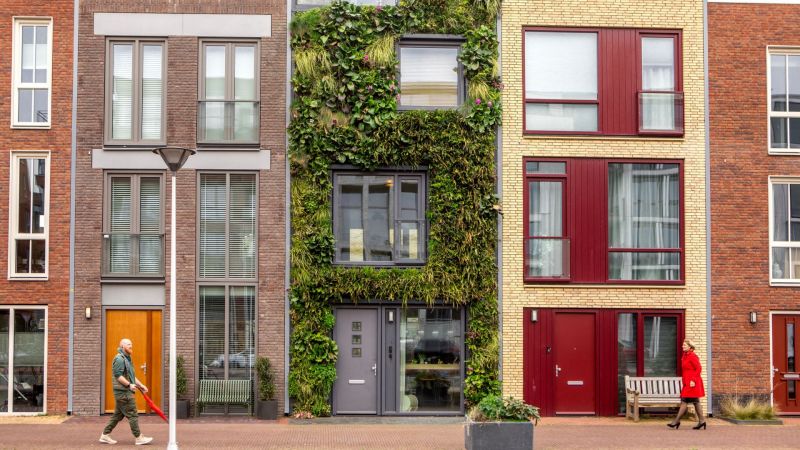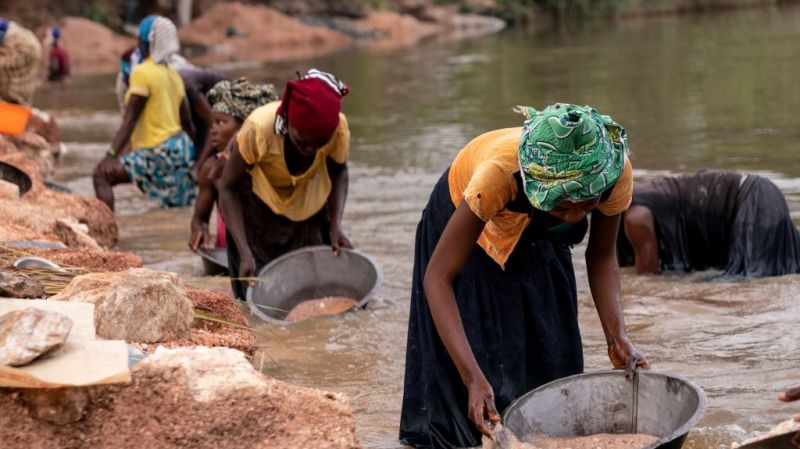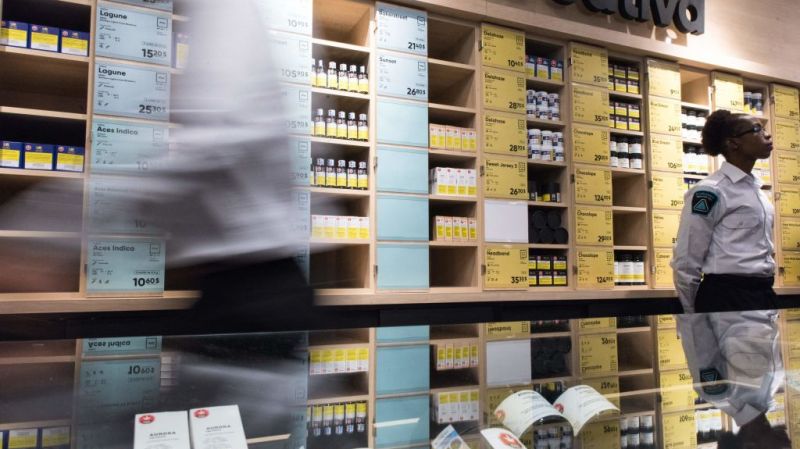The Indigenous Impact Opportunity
Big projects get the splash but impact investors see upside in funnelling capital into small Indigenous businesses
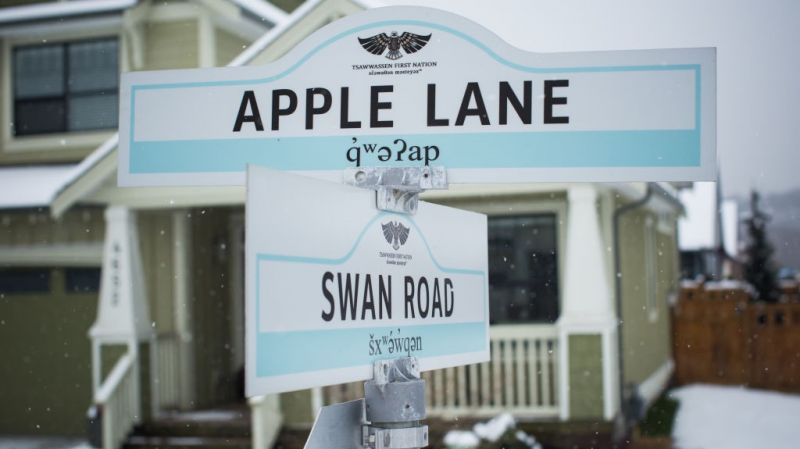
It’s no secret to any Canadian paying attention that many Indigenous communities still lack the same basic services that the rest of the country takes for granted. Some estimates suggest it will take $25 billion to $30 billion to bring essential infrastructure in these areas up to the same level as non-Indigenous ones.
Perhaps it’s no surprise that issues such as water, energy and economic development in Indigenous communities—usually the focus of governments and non-profits—have drawn more attention from a variety of so-called impact investors. These include financial institutions, pension funds, co-ops and even private investors whose dollars are meant to make positive social or environmental impacts alongside financial returns.
There are no recent statistics on the rise of Indigenous impact investing, but a 2018 report from the University of British Columbia estimated that of the $10.5 billion of impact assets under management in Canada, at least $1.2 billion was directed at Indigenous communities.
The motivations of these impact investors are not solely altruistic. There are also massive economic opportunities in Indigenous communities, says Jonathan Aikman, an adjunct faculty member at Smith School of Business. “There is potential for the deployment of trillions of dollars in these areas. From new electricity grids to telecommunications systems to energy systems, there are huge projects—and each project you do has billions of dollars associated with its development. It’s a gigantic opportunity.”
A capital gap
Aikman, who has launched a sustainable alternative investment firm called Tirasius Capital, helped develop a social impact certificate program and created a course on impact investing at Smith. He has worked with Indigenous communities as well, most recently as an adviser to the president of the Saugeen Ojibway Nation Finance Corporation on clean energy, infrastructure and technology investments.
Aikman has seen big growth in impact investments lately, and Indigenous impact investments in particular. He’s also seen a widening range of Indigenous-focused investment products become available that run the gamut from term deposits to private equity to venture capital.
Still, as Aikman and others point out, these impact investments have a long way to go to meet the needs of Indigenous businesses. In a 2021 survey of Indigenous firms by the Canadian Council for Aboriginal Business, 28 per cent of respondents said their most pressing business need was financial support.
Dale Sturges, Royal Bank of Canada’s national managing director of Indigenous financial services, offered a good measure of this capital gap in a recent article: “If Indigenous entities were borrowing at the same rate that non-Indigenous borrowers access capital in Canada, there would be an immediate deployment of $80 billion in capital.”
Where’s the growth?
Aikman says that much of the impact capital available to Indigenous businesses is in the form of alternative investments, and not from the public markets. “There’s definitely a rise in the number of investment firms that are doing this,” he says. “They’re heavy investors in infrastructure, heavy investors in private equity, private debt. For sure, these are really growing in a really significant way.”
Many of these investments are being funnelled into big projects in industries such as clean energy, natural resources and fisheries, he adds. There’s also more joint work between First Nations and non-Indigenous firms on these large projects.
Yet as successful as some of these big collaborative projects have been, Aikman believes there is even more promise for impact investors elsewhere. “I think a lot of the opportunity is not necessarily to build gigantic projects but to really increase the level of access to capital for small businesses to grow into larger businesses and to integrate them more into the economy.”
Education in partnership
Integration into a more traditional lending environment can be a challenge, and understandably so. Financial relationships between Indigenous and non-Indigenous people haven’t always been based on high levels of trust. (Take treaty annuity payments as just one example, which amount to a dismal $5 per person per year.)
There is hope, though. Aikman has found that relationship-building and education can break through any mistrust. For First Nations borrowers, that starts with making them feel they are getting a square deal with fair advisers who are on their side, he says.
“The way that I go about that is by offering the skill set that I have,” says Aikman. “They look at me and say, ‘Well, you can help us navigate a complicated regulatory environment and new technology investments because we don’t want to go and develop in an old way. We want to take advantage of some of the new technologies and leapfrog ahead.’ ”
On the financial institution side, education is more about rethinking the way banks and investors assess risk, says Aikman. In other words, these firms might need to look beyond the basics of assessing creditworthiness and traditional funding models.
That won’t be easy either. “If you have a restaurant and it’s backed upon its assets and the restaurant goes under, the bank is going to come in and take the assets and sell them to try to recover the losses,” says Aikman. “That becomes much more complicated when you’re talking about going onto First Nations land and taking something away that may be of value to the community.”
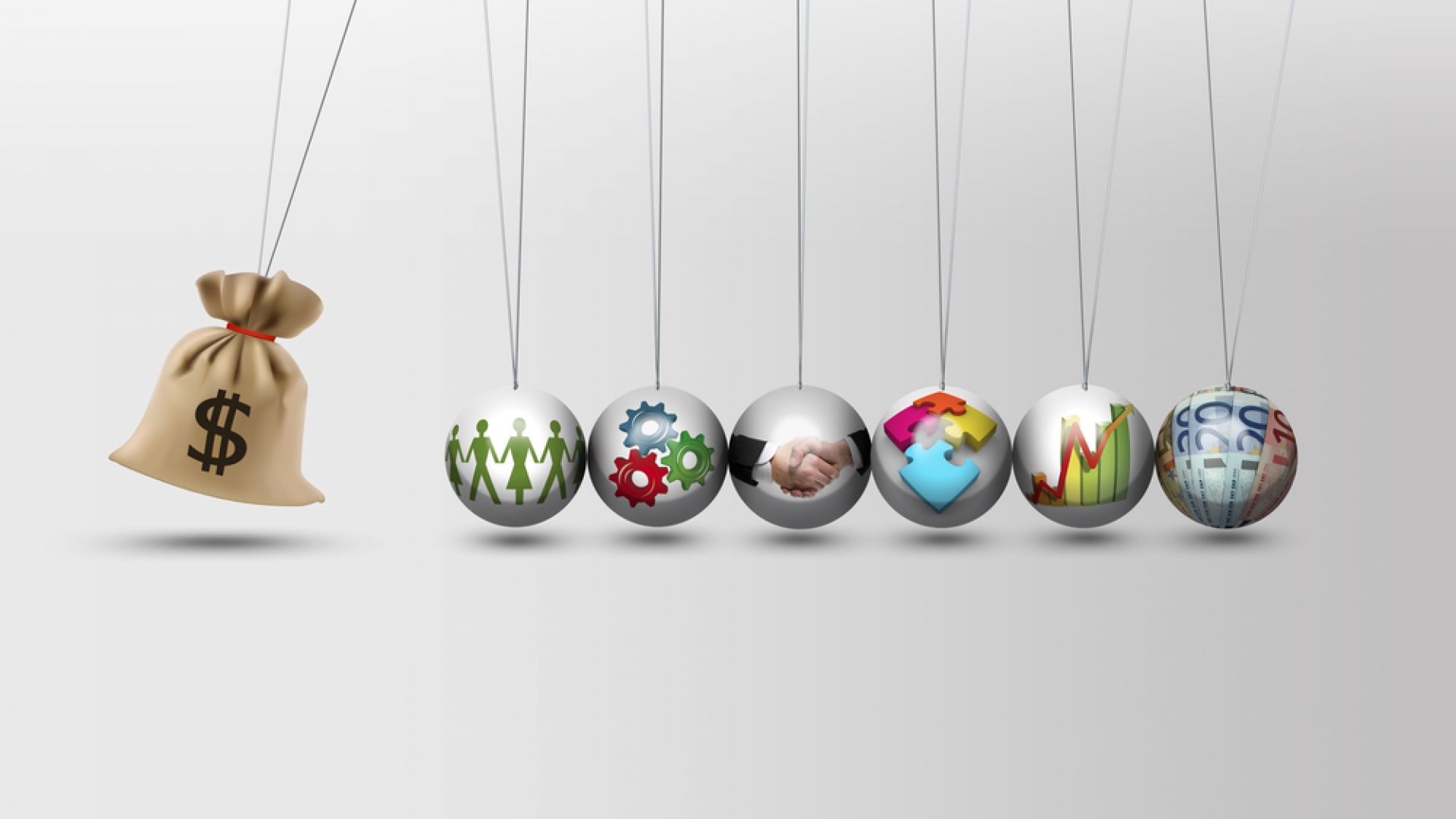
The $100 billion potential
As challenging as this education in trust might be, the potential rewards are huge. In 2020, almost $50 billion of Canada’s GDP was attributed to Indigenous peoples. But experts such as Carol Anne Hilton, Indigenomics Institute founder and CEO, believe that number could quickly surge to $100 billion per year if governments and corporations changed how they engage with First Nations companies, including how they invest with them.
“These are underdeveloped areas that have a very good trajectory,” says Aikman. “So the more that you can build trust, the more that you can work together on joint goals, the more that you have financial products that meet the needs of a very special community with special rules, then I think you’re going to be successful.”
But, adds Aikman, this all takes partnership. “You truly need partners in this world. It’s not going to work if we just go at it from the traditional perspective of us and them. We have to work together on this.”
